Open transfers make Mac popular—and crowded
Larger classes, shorter passing periods negatively affect students, teachers
Students flood the hallways on the first day of school. With 1,829 students and a main building capacity of 1,596, students find themselves in close quarters.
Over the last five years, AISD enrollment has dropped by over 8,000 students due to availability of other educational options such as charter schools and private schools. Hoping to slow this exodus that accelerated during the pandemic, AISD opened up transfers for high schools.
Assistant principal Andy Baxa says that this decision was made to retain more students by giving them the option to choose schools like McCallum over the schools they are zoned for.
“McCallum has a great reputation around our schools around our city for not only fine arts, but also for rigorous academics as well,” Baxa said. “And so if we can open up more kids to be able to come in, we can keep more kids from leaving the district. So I know that that was one of the thought processes between opening up schools that had previously been closed.”
AISD projected McCallum’s population at about 1,000 students over the actual number, and principal Nicole Griffith suspects that this had something to do with the overlap between students in the Fine Arts Academy and students just hoping to get out of their zone.
“Part of the reason we’re a little bit under our projection is because the Fine Arts Academy had a low enrollment this year,” Griffith said. “And I think that partly happened because we were open and there are some students who only apply for the Fine Arts Academy because they want to come to McCallum. It’s not about the Fine Arts Academy, it’s about McCallum. And they don’t have to do that if it’s just open.”
Though enrollment is under the projection, it’s still over the main building’s capacity of about 1,600 students. Griffith says that due to overflow, McCallum’s portable buildings have achieved a basically permanent status in order to accommodate the extra 230 students on campus.
“It does feel crowded to people, especially in upper-level courses,” Griffith said. “And the reason it might feel that way in upper level courses is because we strategically make sure that our freshman courses and especially our EOC-tested subjects are on the smaller side.”
Baxa says that students taking courses that are tested for graduation requirements are the highest priority for small class sizes.
“If they don’t pass those five EOC tests, they don’t graduate from high school,” Baxa said. “So we need to focus a little bit more on those tested subjects just to allow them to be able to achieve the level that they want to be able to achieve. Ideally, we’d love to have class sizes of 28-29 per class. We don’t live in that perfect world, unfortunately.”
Typically, many students choose to take dual-credit upper-level courses through Austin Community College (ACC). This year, McCallum enrollment in those courses is low.
“We didn’t have the enrollment in ACC that we normally have,” Baxa said, “so that took probably 30 to 40 kids and pushed them back into a class that normally they would have taken ACC for.”
Griffith said that part of the reason for this uneven distribution between advanced and on-level course sizes is prioritizing academic support for students in EOC-tested classes, but another part of the reason lies in students’ maturity level.
“We do have more kids in our AP courses and that sort of thing, because typically in those classes, you don’t have the same behavior issues that you might see in an overcrowded grade-level freshman class,” Griffith said. “And so we really are strategic with how we put our staff, but we’re staffed appropriately right now.”
Baxa predicts that an AISD grant for a remodel will be coming soon, but knows the bureaucratic process at the central office is slow-moving. He thinks it will take between five and ten years.
“The rumor is the 2022 bond will probably see significant campus improvements, if not a new campus, in the works for McCallum,” Baxa said. “We’ll see how long it takes for those funds to actually become available and for the construction to actually take place.”
Due to strategic staffing that places more students in senior upper-level classes, some classes exceed 32 students.
“I can tell you most classes are 30 or less, but we do have some classes with 32-plus students,” Baxa said in an email on Oct. 20. “We only have a couple of classes with 35 students in the class, but I think most of those have come down to 33 students.”
AP English 4 teacher Amy Smith says that increased class size could negatively impact many students’ learning.
“I’m doing the best I can with the numbers that I have,” she said. “Do I think that they’re getting some good feedback? Yes. Is it as much as I would like it to be and what I’ve given kids in the past? No.”
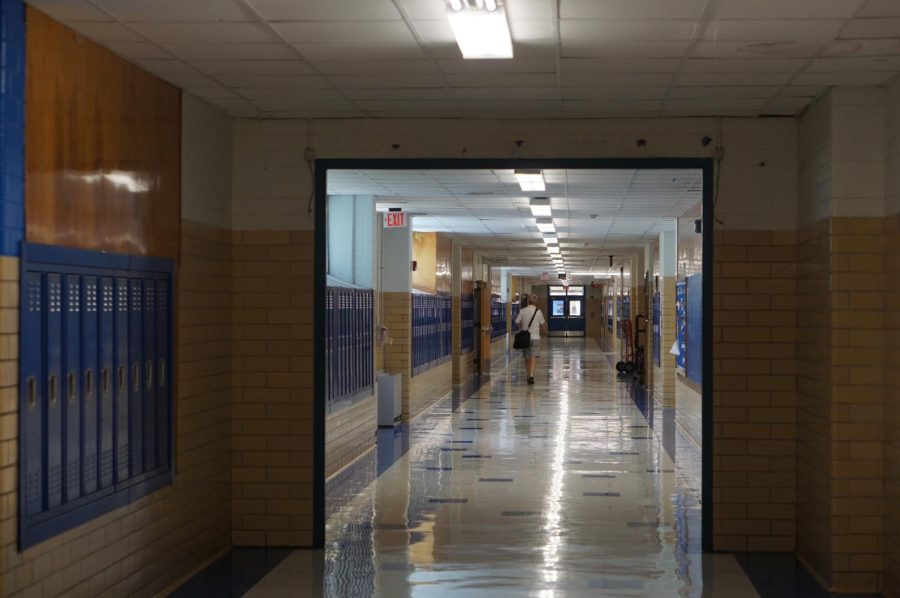
Senior Miles Bourgeois, an AP student in one of Smith’s classes, is unhappy with its size.
“Not being able to have many one-on-one interactions with my teacher has hampered my learning because if I want individual attention from my teacher I have to go to office hours which I can’t always go to,” he said. “In short, this isn’t fair, but it is an issue more indicative of the state of modern education as a whole rather than McCallum specifically.”
Smith also laments the effect that large class sizes have on her ability to interact with her students individually, especially when it comes to editing her seniors’ college essays.
“Normally, I would sit side by side with a kid at a table and for each kid, I would talk with them about their [essay],” Smith said. “But that’s not a possibility with 35 kids in a room that is really crowded and has this air conditioning that that sounds like I’m in the cockpit of an airplane.”
Class size has also drastically affected how Smith compartmentalizes her school and home life, and she pities teachers who cannot afford to make sacrifices like she can.
“I just take so much home with me now,” she said. “I can’t imagine having small kids and trying to do this job.”
Another of the administration’s priorities is making time for a 23-minute advisory period that includes study time and SEL lessons. For this to fit, passing periods were shortened from seven minutes to six.
“We had to have room in there for the FIT advisory class,” Griffith said. “And it can be hard to get from fine arts all the way to the portables, and I highly recommend that people use the outside corridor. It is a lot faster.”
Following Griffith’s advice, freshman Ella Piston makes use of the outdoor corridors when moving between classes.
“I think they should definitely tell students about the other ways to access the classes, due to outside passages or stuff like that,” Piston said. “Because a lot of kids just don’t think about those.”
Piston prefers the outdoor hallways to the alternative, which has resulted in injury on multiple occasions.
“I’ve gotten hit in the rib like three times by people in the crowded hallways,” Piston said. “Yeah, that’s not very fun. But I mean, of course, it’s due to the capacity of people, but everyone is just so tight together. There’s no room. And it takes forever to get anywhere.”
A concern among teachers and students is how to maintain a safe distance in crowded classrooms. Smith finds it impossible to socially distance her students.
“That’s not happening,” she said. “Look at these rooms. Look at these desks.”
Griffith feels confident that high mask usage and vaccination levels are protecting students’ safety.
“Overall, I think mask-wearing is going really well,” Griffith said. “You know, we have some kids that we have to remind to put it up over their noses and that sort of thing. It’s easy to focus on those kids, those students who are struggling to put that mask over their nose, but the vast majority of our students, first of all, are vaccinated and second of all, have their masks on.”
CORRECTION: A previous version of this story reported that the average class size was about 35. In fact, the average class size is not precisely known, but is almost certainly lower than that. The updated version contains a quote from assistant principal Andy Baxa on the matter.



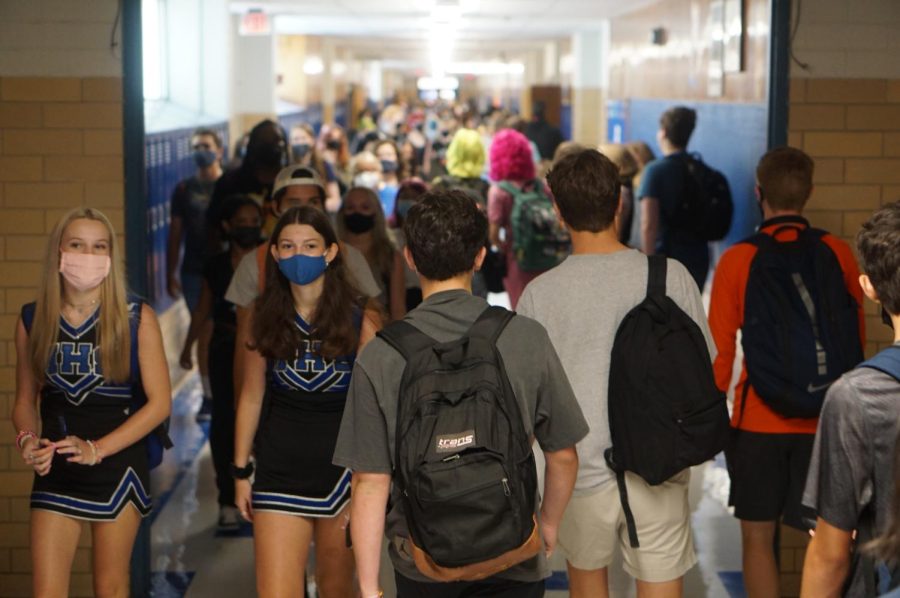
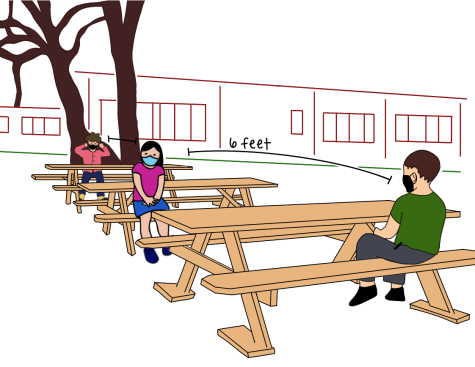
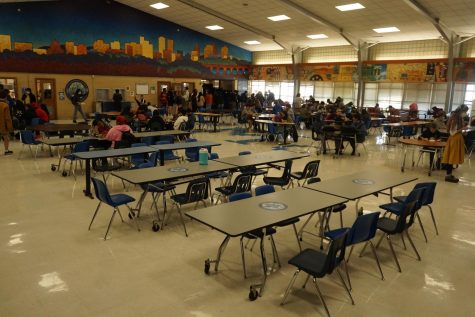
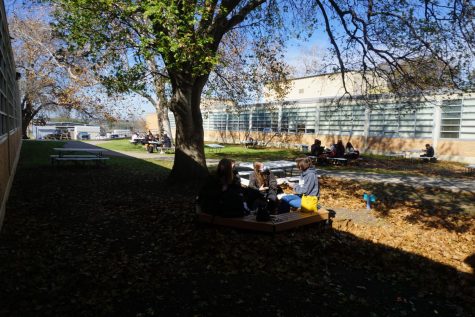
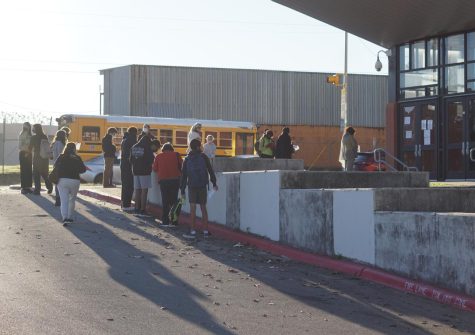
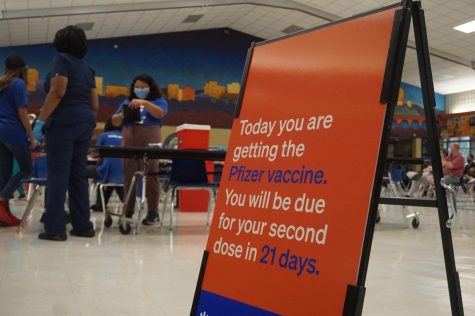



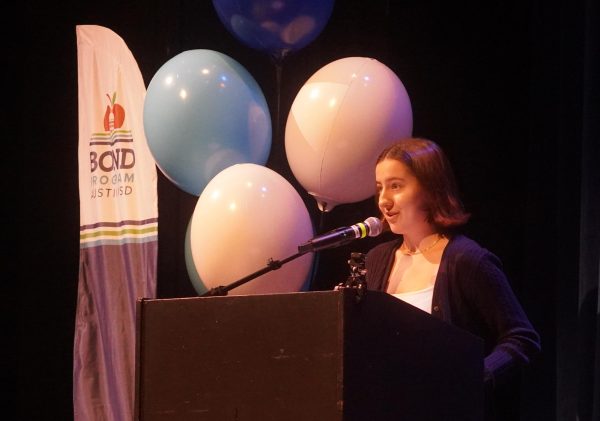
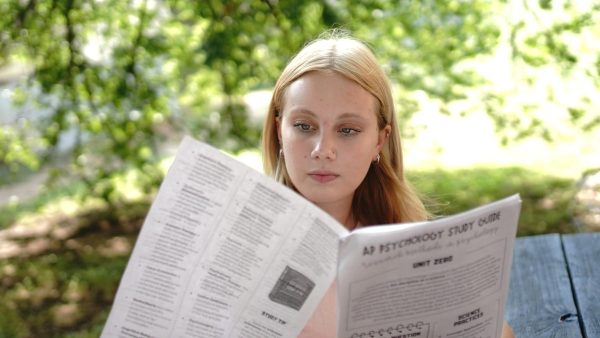
Lemuel Winesett • Dec 4, 2021 at 4:56 pm
I really like this story because I wasn’t aware of transfer being available again and that being the reason we’ve got so many more kids now. Keep up the great work Mac J!